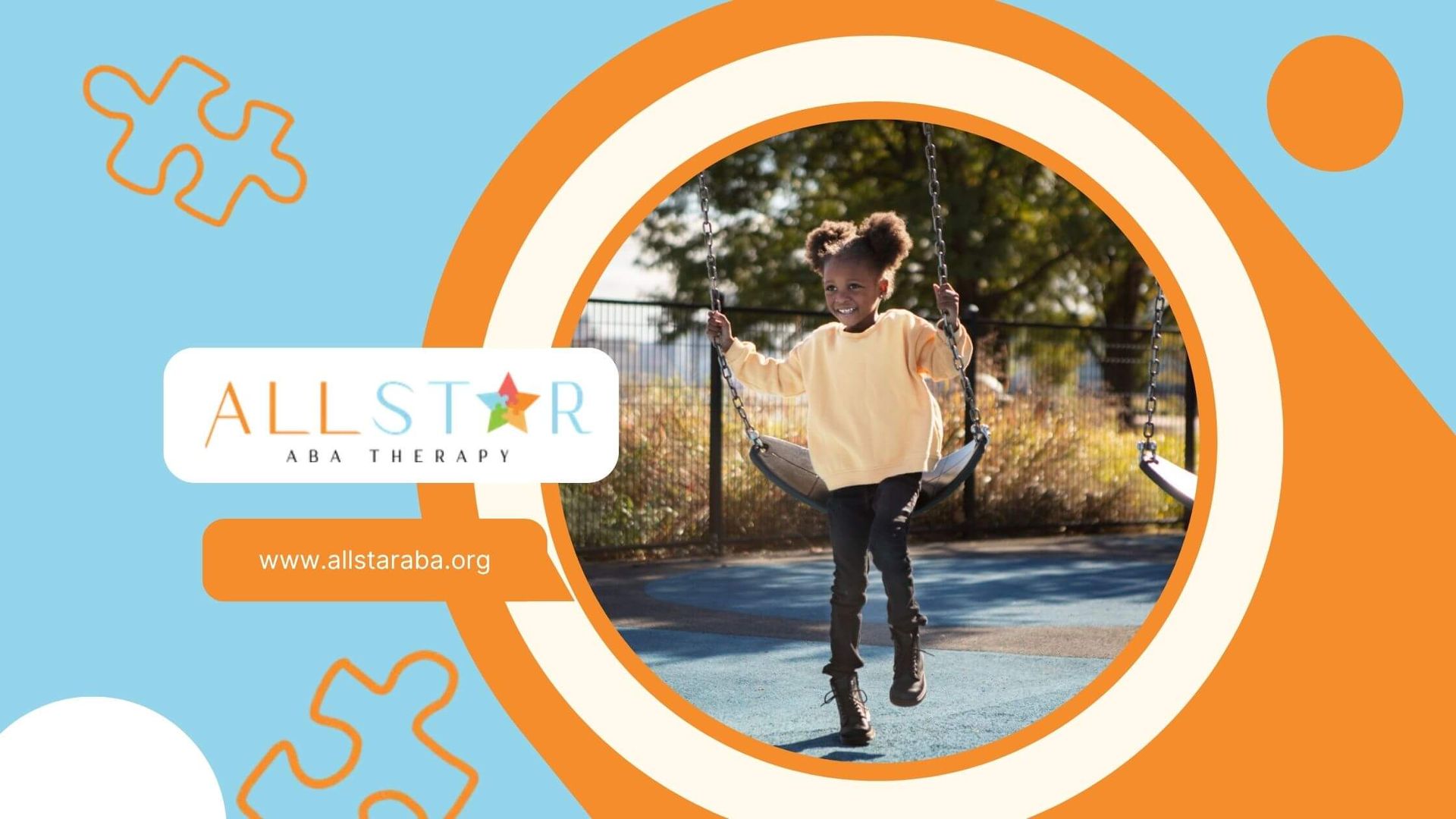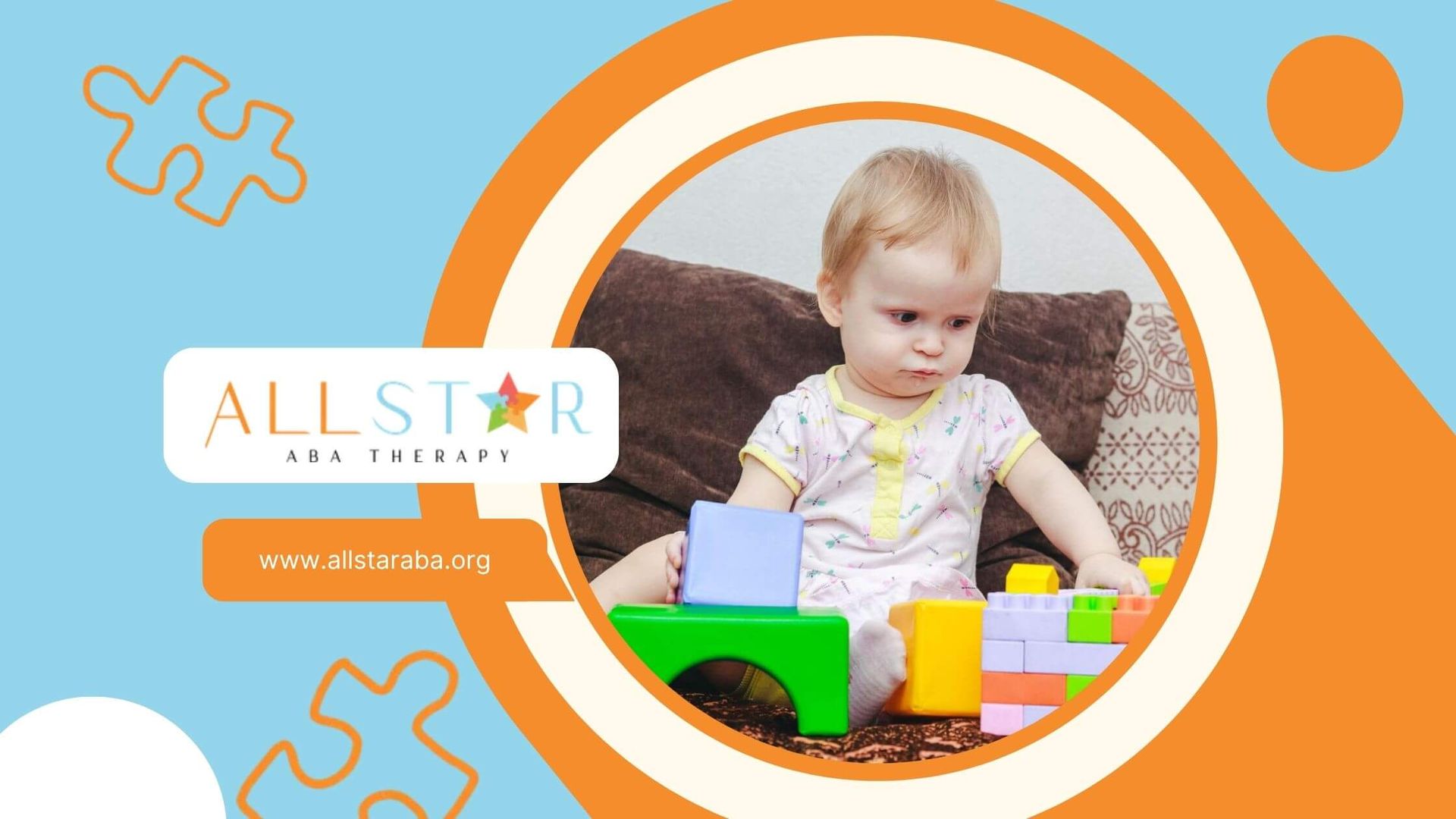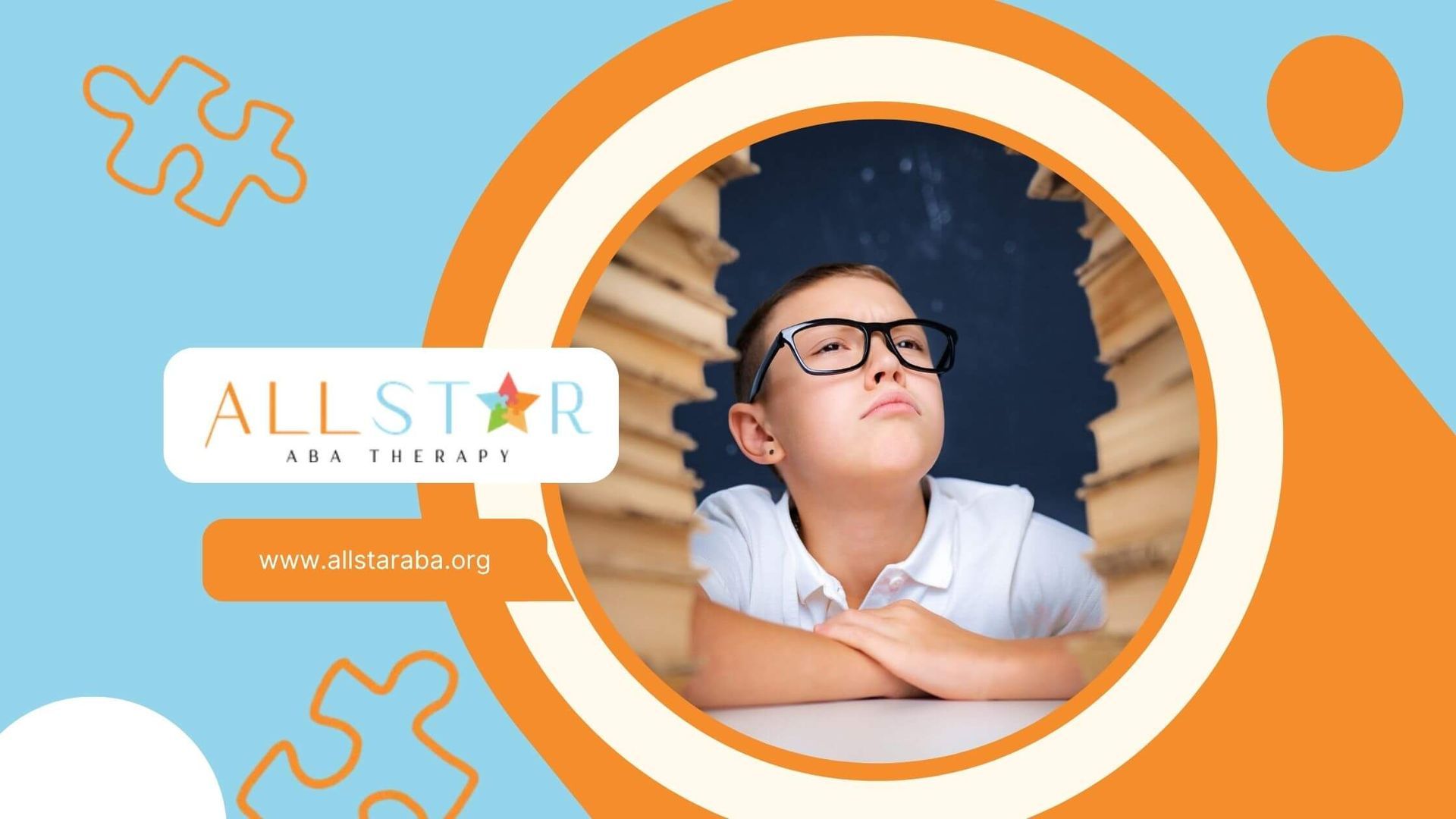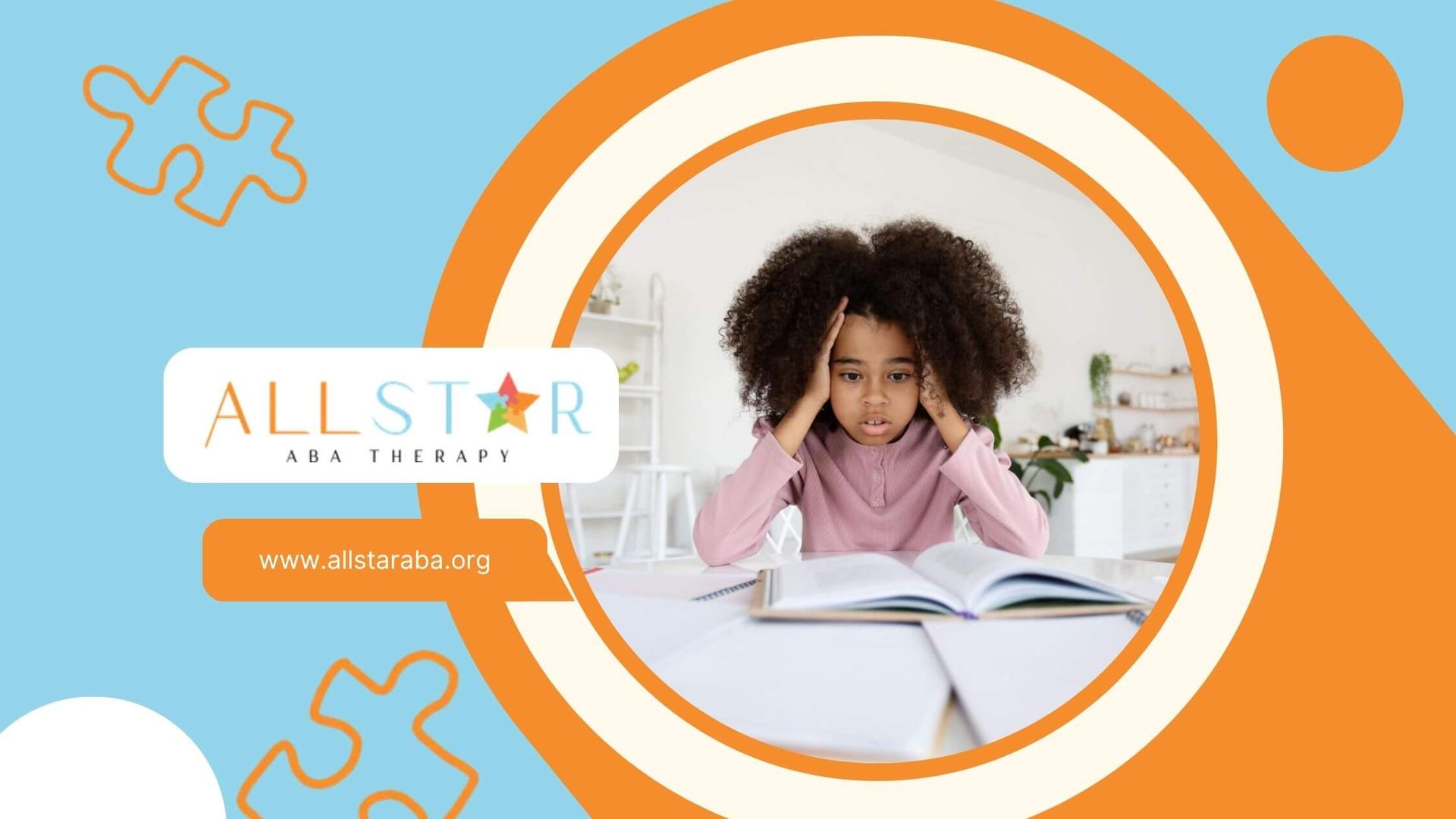New Paragraph
Types of Visual Supports in Autism Communication
Visual supports are incredibly helpful for individuals with autism. These tools can make communication clearer and more accessible.
Many people with autism process visual information better than spoken words. Visual supports help reduce anxiety, improve focus, and make it easier to express needs.
Let’s take a look at the different types of visual supports commonly used in autism communication.
Picture Exchange Communication System (PECS)
PECS is one of the most popular visual supports used for communication. It uses pictures or symbols that represent objects, actions, or ideas. Individuals with autism use these pictures to communicate their needs.
For example, they might hand a picture of food to let someone know they’re hungry. PECS is especially helpful for non-verbal individuals. It’s also beneficial for those with limited verbal skills.
Visual Schedules
Visual schedules are a great way to outline daily activities. These schedules show, step-by-step, what will happen throughout the day.
The schedule uses pictures or icons to represent each activity. This makes it easier for individuals with autism to understand what’s coming next.
Knowing what to expect reduces uncertainty and helps ease transitions between activities.
Social Stories
Social stories are short, visual stories that describe a social situation. They explain what’s happening and what behavior is expected in that situation. These stories use simple pictures to show the context and the actions to take.
Social stories are useful for teaching new social skills. They also help manage transitions or prepare for upcoming events. Social stories make abstract ideas more concrete and easier to understand.
Visual Timers
Visual timers help individuals with autism understand time. These timers show how much time is left for an activity. As time passes, the timer visually shrinks, offering a clear view of how much time remains.
Visual timers are useful for time management. They also support smoother transitions between activities, as individuals can see how much time they have left.
Communication Boards
Communication boards are simple tools with pictures or symbols representing words or phrases. Individuals can point to or select symbols to communicate their needs.
These boards are useful when speech is difficult or when someone prefers non-verbal communication. They can be customized to suit the individual’s needs, making them highly adaptable.
Choice Boards
Choice boards are another form of communication aid. They show a set of options, such as foods, activities, or toys. Individuals can choose what they want by pointing to or selecting an option on the board.
This provides them with more control over decision-making. Choice boards also reduce frustration by making preferences clear.
Video Modeling
Video modeling uses videos to teach specific behaviors or social interactions. These videos show appropriate actions in real-life situations.
For example, a video might demonstrate how to greet someone or complete a task. Watching these videos gives individuals with autism a visual guide to follow. It’s a great way to learn specific skills or behaviors.
Written or Printed Words
Written words are also useful as visual supports. Many individuals with autism who can read benefit from written instructions or reminders.
Written words can reinforce verbal communication and provide clarity. This method works well for older children or individuals with autism who are developing literacy skills.
Conclusion
Visual supports are essential tools that make communication easier for individuals with autism. They help reduce frustration, improve focus, and provide structure to daily activities.
Whether through PECS, visual schedules, or social stories, these tools support more effective communication and better understanding of the world.
At All Star ABA, we use various visual supports in our ABA therapy programs. These supports help children with autism communicate more effectively and engage better with their environment. We offer:
We proudly serve families in Maryland and Virginia.
If you're looking for more personalized support for your child, reach out to us today to learn how visual supports and ABA therapy can help improve communication.
FAQs
What is PECS and how does it help in autism communication?
PECS (Picture Exchange Communication System) uses pictures to represent words, objects, or actions. It helps non-verbal individuals communicate by handing pictures to others.
How do visual schedules reduce anxiety in children with autism?
Visual schedules reduce anxiety by providing a clear structure of the day. Knowing what activities are coming next helps individuals feel more in control and less uncertain.
What are social stories and how can they help with autism?
Social stories are short stories with pictures that explain social situations and behaviors. They are useful for teaching new skills or preparing for changes in routine.
Sources:
- https://www.autismparentingmagazine.com/visual-timer-benefits/
- https://www.autismtoolbox.co.uk/supporting-learners-and-families/effective-partnerships-and-communication/visual-supports/
- https://www.autismspeaks.org/tool-kit/autism-care-networkair-p-visual-supports-and-autism
- https://www.autism.org.uk/advice-and-guidance/topics/about-autism/autism-and-communication
- https://pubmed.ncbi.nlm.nih.gov/31451016/
Need Support?
We're Here to Help!
Our experienced team is ready to assist you. Reach out today to discuss how we can support your child's development and well-being.
Get started with expert ABA therapy today.








